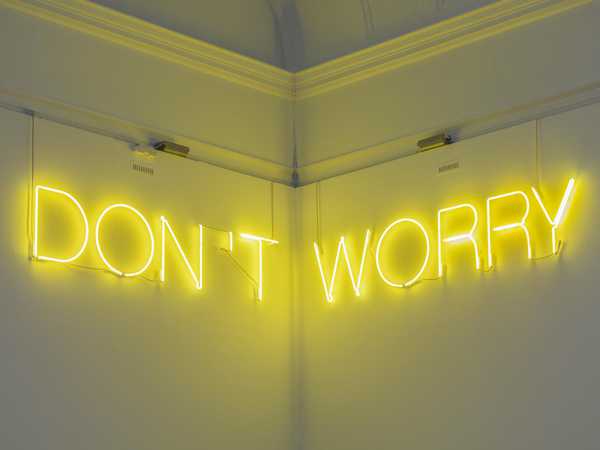20
2012 - Photography (Photography)
Chris Wiley
Architectural details become abstracted renderings in Chris Wiley’s inkjet prints 11 and 20 (both 2012). In photographing seemingly mundane images of doorways and walls, Wiley collapses the viewer’s experience of inhabiting space by foregrounding features that we all too often miss in our built environment: the peeling white paint on a Corinthian column or the rusty studs on a blue door.
Chris Wiley produces photographs that question how we experience our built environments. Trained in contemporary art theory, his practice interrogates notions of the real by subverting familiar tropes in architectural photography. His prints do not depict buildings and structures in their entirety. Instead, Wiley chooses to depict individual details and forms that are often lost in long-shot photography. His images deliberately flatten three-dimensional objects into dense composites of texture, color, and shape and heighten our attenuation to how we see the world around us, offering fragments of perceptual space that privilege sensory experience over narrative and form over content.
Colors:
Related works featuring themes of: » Brooklyn Artists, » New York Artists, » Photography, » United Kingdom and Ireland, » British

© » KADIST
Keith Tyson
The work of Keith Tyson is concerned with an interest in generative systems, and embraces the complexity and interconnectedness of existence...

© » KADIST
Ryan Gander
2012Epiphany…learnt through hardship is composed of a bronze sculpture depicting the model of the little dancer of Degas, in the pose of a female nude photographed by Edward Weston (Nude, 1936) accompanied by a blue cube...

© » KADIST
Cerith Wyn Evans
2008Untitled (Perfect Lovers + 1) by Cerith Wyn Evans takes as its starting point Felix Gonzales-Torres’s seminal work Untitled (Perfect Lovers) , in which two clocks were synchronized and left to run without interference, the implication being that one would stop before the other...

© » TATE EXHIBITIONS
Martin Creed
Martin Creed | The Dick Institute Experience the work of one of this country’s most ingenious, audacious and surprising artists at the Dick Institute ARTIST ROOMS Martin Creed presents highlights from the British artist’s thirty-year career...

© » KADIST
Toby Ziegler
2005The Fifth Quarter might have taken its mysterious inspiration from the eponymous Stephen King story collated into the Nightmares & Dreamscapes collection...

© » KADIST
Jonathan Monk
2003Untitled (rolled up) , is an abstract portrait of Owen Monk, the artist’s father and features an aluminum ring of 56.6 cm in diameter measuring 1.77 cm in circumference, the size of his father...

© » KADIST
Simon Fujiwara
2016Masks is a series of abstract paintings by Simon Fujiwara that together form a giant, fragmented portrait of German Chancellor Angela Merkel’s face...

© » KADIST
Charles Avery
2012Since 2005, Charles Avery has devoted his practice to the perpetual description of a fictional island...

© » KADIST
Ian Breakwell
2008“BC/AD” (Before Cancer, After Diagnoses) is a video of photographs of the artist’s face dating from early childhood to the month before he died, accompanied by the last diary entries he wrote from April 2004 to July 2005 (entitled “50 Reasons for Getting Out of Bed”), from the period from when he lost his voice, thinking he had laryngitis, through the moment he was diagnosed with lung cancer and the subsequent treatment that was ultimately, ineffective...

© » KADIST
Toby Ziegler
2007Wagon Wheel is a work with a fundamental dynamism that derives both from the rotating movement of the elements suspended on poles and the kicking of the legs of the figure...

© » KADIST
Martin Creed
2003This photograph of Martin Creed himself was used as the invitation card for a fundraising auction of works on paper at Christie’s South Kensington in support of Camden Arts Centre’s first year in a refurbished building in 2005...

© » KADIST
Burak Delier
2013Burak Delier’s sculpture Homage to Balotelli’s Missed Trick is a symbol of resistance to the demand for success and performance...








